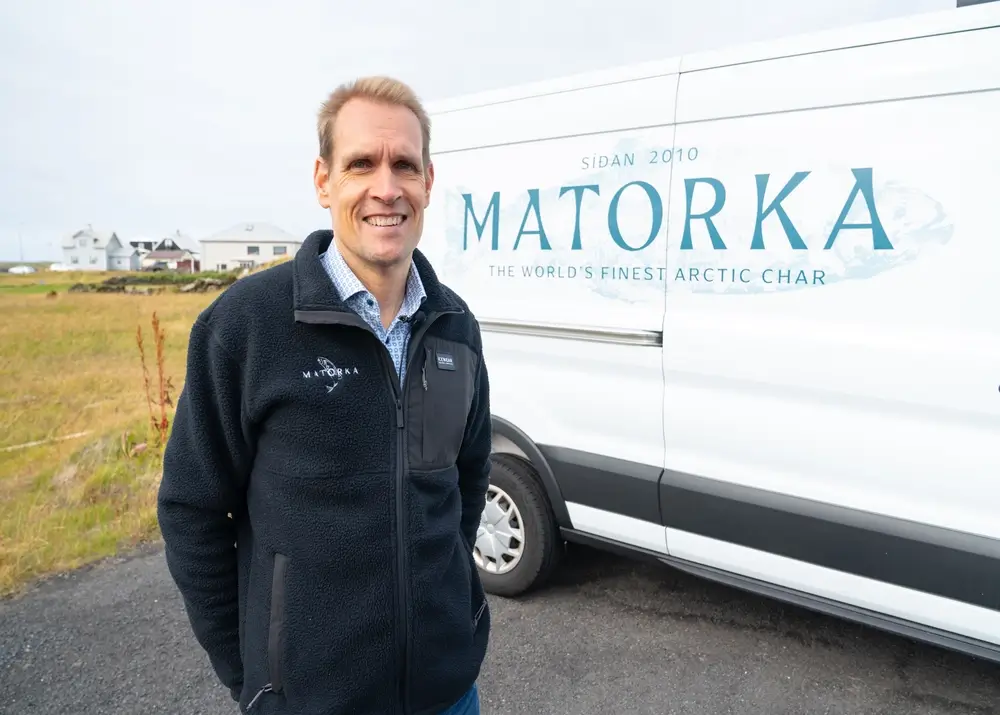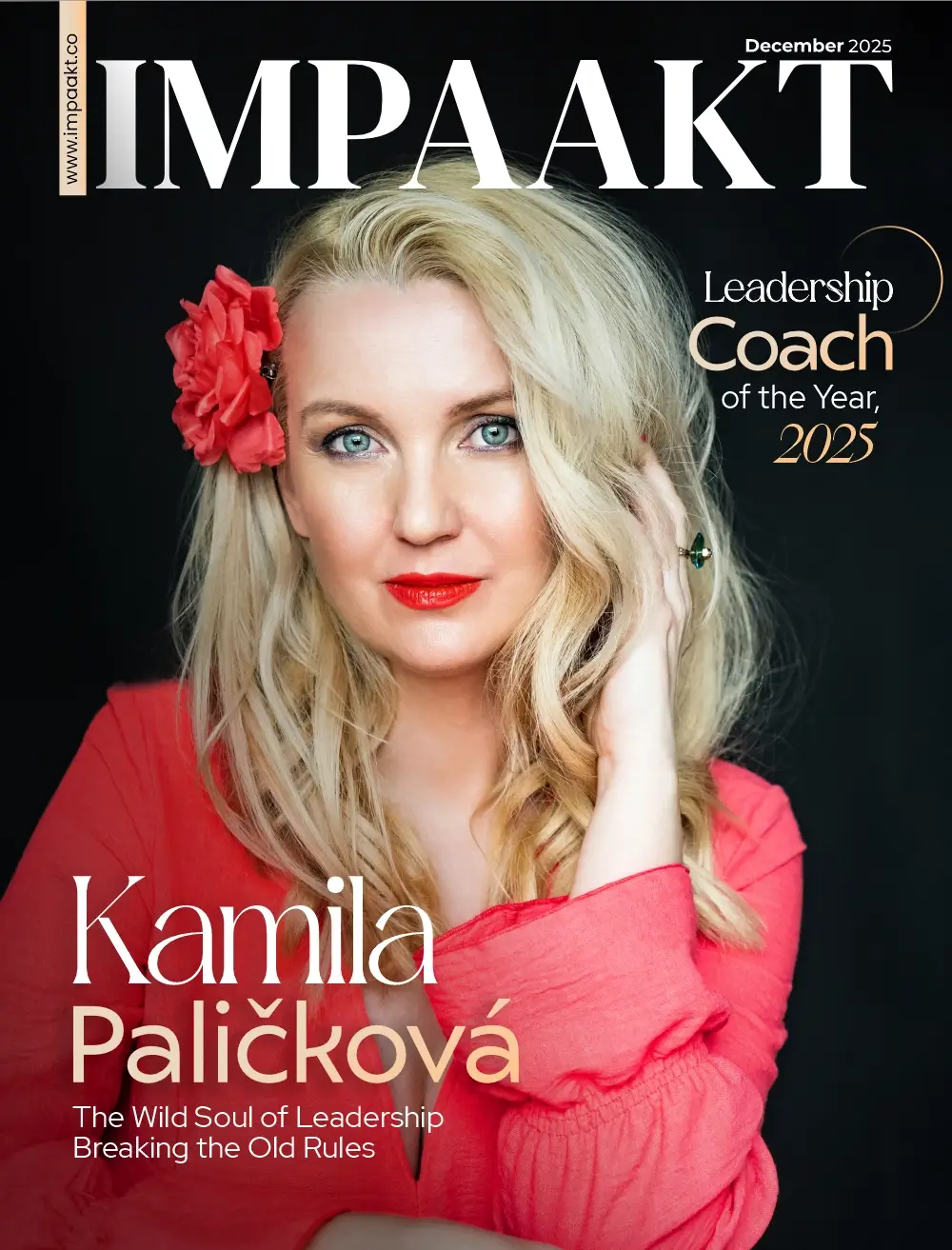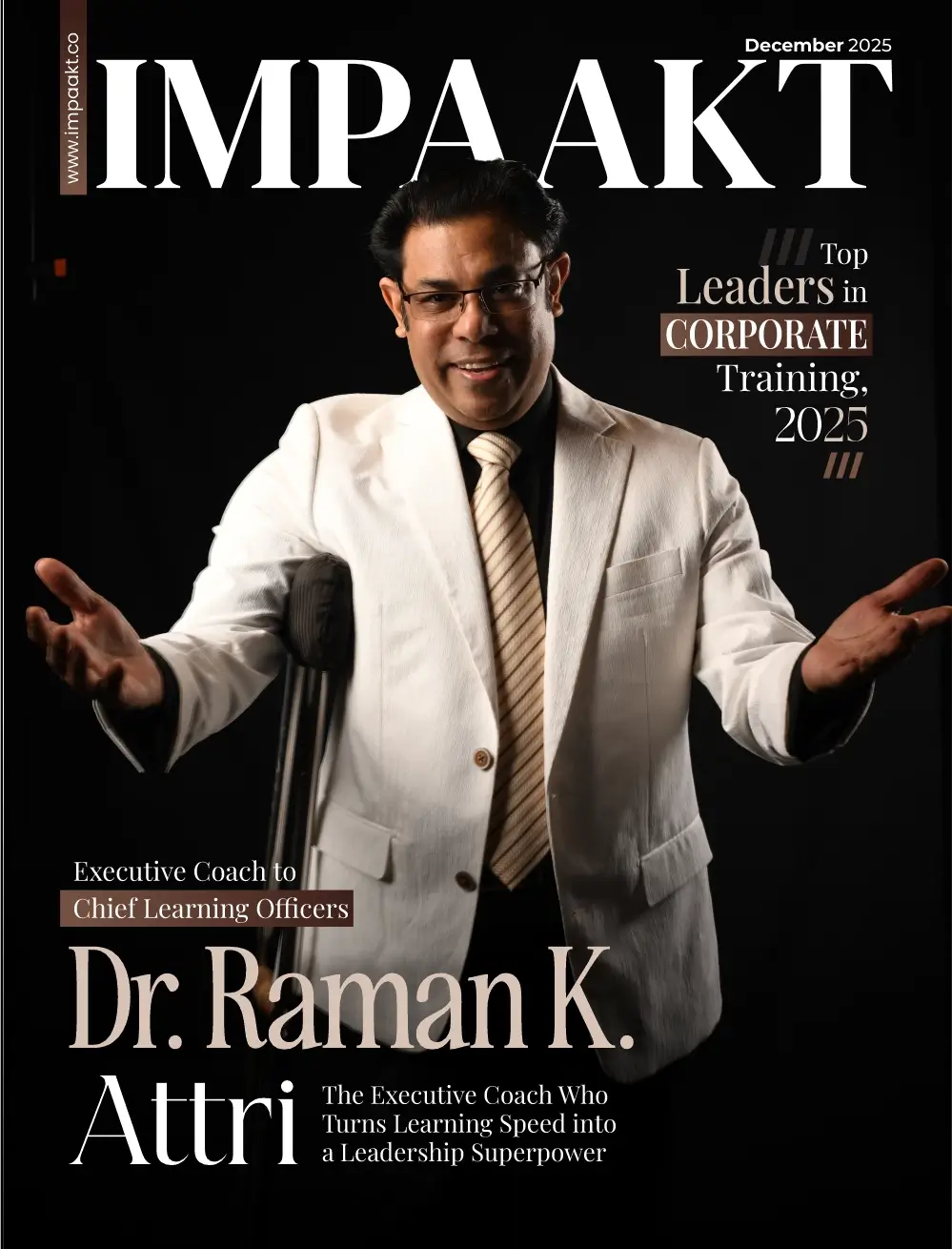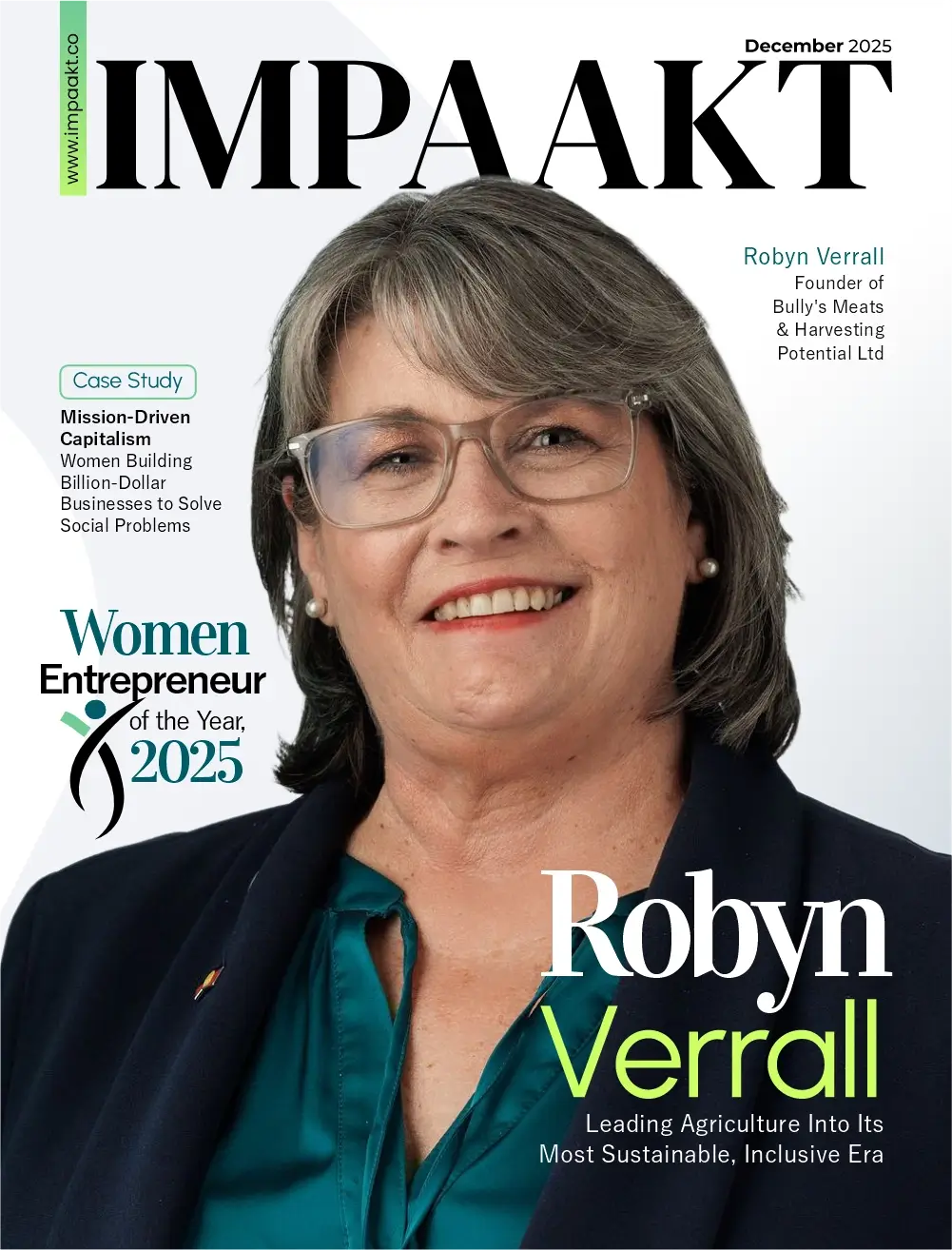For centuries, our oceans have provided a seemingly endless bounty of seafood. But the reality of modern fishing paints a different picture.
Overfishing, pollution, and unsustainable practices threaten the delicate ecosystems that sustain marine life. The consequences are dire – dwindling fish populations disrupted food chains, and an uncertain future for this vital source of protein.
In the face of this challenge, Matorka, an Icelandic company emerges as a beacon of hope. This company, driven by innovation and a deep respect for the environment, is redefining how we raise premium seafood.
Harnessing Iceland’s geothermal energy and pristine waters, it raises the world’s finest Arctic char, all while keeping a watchful eye on the environment.
The name “Matorka” itself hints at its revolutionary approach: it translates to “to produce food from energy”. This commitment to sustainability is woven into the very fabric of its operation, from its meticulously chosen production sites to its cutting-edge technologies.
To dive deep into Matorka’s story and approach, we got into conversation with Christo du Plessis, the CEO. Let us hear more about the company from him.
Can you share the story behind the establishment of Matorka? What inspired its founders to create a sustainable aquaculture facility in Iceland?
The company was founded by four Icelandic businesswomen following the financial crisis in 2008. They had a vision to use Iceland´s natural gifts, such as geothermal energy and heat, and an abundance of fresh water to produce food. And so, Matorka was formed.
What were the key challenges faced during the initial stages of setting up Matorka, and how did you overcome them?
Like many start-up businesses, the main challenge was accessing investment to scale the operations once the concept had proven successful. Aqua-Spark’s and other early investors’ commitment and belief in responsible aquaculture contributed to identifying Matorka as an investment opportunity with great potential which enabled the building of a commercial scale grow-out facility.
Matorka is renowned for its commitment to sustainability. Could you elaborate on some of the specific environmental practices and initiatives implemented by the company?
Our main production sites and our production systems were selected and designed to harness natural resources while minimizing environmental impact. We are situated close to a geothermal power plant, so all our electricity comes from a renewable source. The brackish water we use to grow our fish is naturally filtered by lava rock and heated geothermally to the perfect temperature for our fish, the Arctic char. This means that we do not use electricity to filter or heat our source water.
We minimize water pumping by relying on gravity flow between tanks; we pump water once and can re-use it multiple times.
The bulk of our feed is sourced locally, produced from sustainably sourced raw materials (including trimmings from certified fisheries which contributes to an exceptionally low forage fish dependency ratio). We are incorporating smart farming technologies such as AI and image processing to optimize feeding opportunities and reduce feed spill which contribute to optimal fish welfare and an improved Feed Conversion Ratio.
We farm a fish species native to Iceland, and therefore, ideally suited to the conditions in our area and at our farm. We are part of a biologically sound breeding program in collaboration with an Icelandic university and therefore do not rely on any wild fish for egg production. We offer beautiful fish produced in a very responsible way, and we are committed to continually improving our processes so that we can show long-term positive environmental impact.
What are some of the most significant environmental benefits that Matorka has achieved through its sustainable aquaculture practices?
Our CO2e emissions per kilogram of fish produced are only 2.7 kg, which compares very favorably with farmed fish and is much lower than that of terrestrial proteins such as poultry, pork and beef.
Have you observed any shifts in consumer behavior towards more sustainable seafood options in recent years?
Consumers are far more aware of responsible seafood certifications such as ASC, Global GAP and BAP to name a few. We are thrilled that consumers consider the environmental and social impacts of the products that they purchase, and these certifications independently verify responsible aquaculture practices. We also see renewed interest in assurance on the supply chain of seafood. We can guarantee the traceability of our products from egg to fillet as it is all produced under our care.
What do you hope will be Matorka’s lasting legacy in terms of environmental stewardship and sustainable business practices?
We are proving that land-based aquaculture can be successful at scale with very low CO2e emissions per kilogram of fish produced. This is achieved by carefully selecting the site and making use of Iceland’s unique and abundant resources.
Are there any ongoing research initiatives or partnerships aimed at enhancing Matorka’s environmental performance or expanding its sustainable practices?
We are involved in ongoing research to increase production efficiencies. This is done in collaboration with a local university, our feed suppliers, equipment manufacturers and logistics providers. From incorporating more smart farming technologies, to exploring alternative feed ingredients, we continue to explore how we can continue to merge nature with smart farming to grow a premium product that is good for the fish, the planet and for people.
How do you envision the role of Matorka in shaping the future of aquaculture and sustainable food production?
Our vision is to responsibly produce the world’s finest Arctic char. This is being done while minimizing the impact we have on our environment and with fish welfare center stage. Our recently published Impact Report provides the details of what areas we are targeting and aim to keep improving in the future.











